Outlook on Development
In the 1960s, the settlement authorities of the Valley of Hope encouraged leprosy patients who had recovered to take up gardening in a bid to improve their physical and mental well-being, besides earning them some income on the side. As a result, Sungai Buloh has become the hub of horticultural wholesalers in Malaysia today. Horticultural activities have improved the ex-patients’ life and enabled them to support themselves financially. It has also helped its inhabitants tearing down the wall that stood between them and the society, at once making them a part of the bigger community again and allowing outsiders to enter their world.
The Valley of Hope is famous for its flowers and was once called “Paradise of Flowers”.(photo by Mango Loke)
Lee Chor Seng (photo by Lian Ling Siong)
Lee Chor Seng, the vice-president of Sungai Buloh Settlement Council, said that it was all initiated by Dr K. M. Reddy, a doctor who came from India to serve as the settlement’s medical superintendent from 1957 to 1961. He strived to break the world’s prejudice against leprosy patients and initiated an annually held open day to reintroduce the once confined settlement to society.
Lee said, “Dr Reddy wondered why people out there were so afraid of leprosy despite the introduction of DDS and other drugs, though not that good. He said we should encourage outsiders so that they wouldn't have any prejudice or fear towards leprosy anymore. That was why he started the open day in 1959 and encouraged outsiders to take a tour in here.”
“The very first open day in 1959 saw more than 3,000 visitors taking a tour here and learning more about leprosy. Then, Dr Reddy told the patients: ‘I’ll go and find you some flower seeds. You can try to grow flowers and I will encourage outsiders to come and buy flowers from you.' The patients were interested. They said, 'Just bring us the seeds and we’ll do it!’ Eventually, people outside became aware that we sold flowers here. Soon, we had more and more people coming here to buy our flowers. We even had Penang clients placing wholesale orders for flowers, and also orders from Singapore and Johor.”
Lee Chor Seng, the former Section Steward, said that since he had nothing to do after work, he decided to grow some flowers in the front yard. The extra income he earned – about RM100 a month – was pretty handy at the time when prices of goods were still low. So he continued to expand his business into what it is today and has even hired workers to help him manage his nursery.
Similarly, many ex-patients have started a small business in their front and back yards. Some are only beginning to run a small nursery while some have become wholesalers. One can always find cars and trucks pulled to the side of the road to buy plants. Soon, the Valley of Hope became famous for its wholesale nurseries and eventually drove the growth of horticultural businesses around the area as well. Today, nurseries can be found everywhere in Sungai Buloh.
A variety of flowers and plants sold in one of the nurseries. (photo by Tan Ean Nee)
Reactivating and repurposing a historical site
Dato Dr Khalid Ibrahim (photo by Lian Ling Siong)
In an interview on 21 September 2016, the Director of Sungai Buloh Hospital, Dato Dr Khalid Ibrahim, said that the National Heritage Department under the Ministry of Tourism and Culture has agreed in a meeting with the Ministry of Health, to gazette the National Leprosy Control Centre (NLCC) as a National Heritage and nominate NLCC to the UNESCO World Heritage list.
He said that the works are currently in progress and it is expected to take up to 18 months. “We will give the National Heritage Department our full cooperation. We have also promised the ex-patients and their families that this place will be preserved as a National Heritage and World Heritage. In the meantime, the residents’ culture and way of life can also be kept as part of the history of Malaysia and the world. This would help the public understand the pain and suffering that leprosy patients had endured before modern anti-leprosy drugs were developed.”
Tang Ah Chai (photo by Lian Ling Siong)
Tang Ah Chai, a member of the “Save Valley of Hope Solidarity Group”, which has been actively campaigning to preserve the entire settlement for a decade, said that once the leprosarium was listed as a National Heritage, it would show the world that our country recognises its cultural value. Then, the public would discover the settlement all over again and reactivate the area, effectively repurposing it into a public space of contemporary value and significance.
“If we study how other countries reactivate and repurpose historical buildings, we can pick up a lot from them. It must be highlighted that registering the settlement as a National Heritage and World Heritage does not mean it should be left idle and untouched. Rather, it means we are to keep the place the way it is and at the same time, give it a contemporary purpose in the cultural, educational and economic aspects of our country. As long as there is no conflict, the settlement can be developed in various dimensions. The proposal of the Sungai Buloh Story Gallery project is an example of reactivation and repurposing of the historic site. It adds new elements into the relatively passive Community Hall and enables the building to generate new vitality and restore its function as a public space.“
The Valley of Hope has been deemed as an educative, self-supporting, and a model living environment for outside world. (photo by Dr Lim Yong Long)
Nevertheless, he also gave a reminder that the inmates are, in a certain sense, the owners of this settlement, so their feelings and expectations, as the main stakeholders, must be taken into consideration in the process of reactivating and repurposing the historical assets.
“Simply put, the works should be done without disrupting or destroying the inmates’ way of life. We must pay extra attention to this when planning the activities. It must not be too different from what their life is now. If you turn the tranquil setting into a hectic place, you will change the place completely and that is the opposite of what we wish to achieve.
Six exhibition galleries
The Valley of Hope is a lush settlement with a pastoral charm. After the demolition incident in 2007, many discovered the settlement’s beauty and stepped into this place to document her stories through words, pictures, photographs and videos. Tan Ean Nee, the co-author of The Way Home has recently organised a charity bazaar, guided tours and other events to attract the public to this unique and historic settlement, to learn more and eventually start caring about it. The settlement, with its declining population, has unleashed extraordinary vitality through these events.
The participants of the heritage tour can leisurely enjoy the settlement’s natural landscape and appreciate the stories of the residents. (photo by Stanley Woo)
The guided heritage tour, with the objective to deepen the visitors’ personal realization and understanding of the overall historical context. (photo by Stanley Woo)
What will the future be like for the Valley of Hope? Dr Radhiah Mustafar, who has been in charge of NLCC since 2010, has previously proposed the idea of establishing an open museum and is actively implementing the plan, The settlement authorities are working on six exhibition galleries, among which five are already in place.
Dr Radhiah Mustafar (photo by Lian Ling Siong)
She said that the National Heritage Department had already restored five buildings in the settlement in 2012, at a cost of 2.3 million ringgit. The restored premises are the office building, administration building, inmate store, rice store, sewing block, and the Council’s Hall. All these buildings, except for the Council’ Hall, will be repurposed into four exhibition galleries. The other two galleries – one for displaying large items and another to reproduce the original features of the old hospital ward – are located in the original male hospital wards.
The first thing that comes into sight in the third gallery is a collection of prosthetics. When showing the story gallery team around for photo-shooting, Dr Radhiah said this gallery is divided into several sections in order to exhibit items gathered from the chalets, hospital wards, dispensary and other places. One of the sections displays the diagnostic and research equipment used in the Research Unit, such as microscopes and sterilising equipment. There is also a wooden chair with an indent design, custom-made by inmate carpenters for Dr Waters, a British doctor who worked in the Research Unit. Another section has a sample unit displaying the original features of an inmate's chalet, reproduced based on old photographs. The other two sections display equipment in the X-ray room, scales and record books used for distributing food rations, as well as other items. The first gallery, formerly the administration building, exhibits the inmates’ religious and cultural artefacts from the school, former doctors’ notes, and so on. Each and every single item carries valuable markings of history.
Display of the medical equipment of the Resaerch Unit. (photo by Mango Loke)
Prosthetics that is displayed in the Artefact Museum. (photo by Mango Loke)
The old utensils of the patients that were used in the chalets. (photo by Mango Loke)
Dr Radhiah said the settlement itself has unique historical values, including hydnocarpus trees, the East Section market, and the Travers School. The settlement authorities hope to set up a gallery for the school and a library in the future. “Our galleries and the historical buildings will operate on an open museum concept and the public can come in for a tour. Apart from the walk-in gallery, they can also see for themselves the everyday life of the recovered patients who are still living in the chalets. Furthermore, we hope this open museum can educate and bring awareness to the public, educators and researchers.”
Given the limited beds in the Sungai Buloh Hospital, the West Section wards have now become step-down wards for the hospital. Besides that, the space was also used to conduct training for medical staff. The settlement authorities are looking to transform NLCC into a leprosy control training centre, public education centre and an open museum in the future.
Today, all of the 100-odd residents in the settlement are elderlies above 60 of age. In view of this, the Hospital has recently engaged a geriatrician who has just returned from the United Kingdom to provide a more systematic care for them. Dato Dr Khalid reckoned that the experience of caring for the elderly residents of the Valley of Hope could be a reference for other providers of elderly care services in Malaysia.
A story gallery
Apart from the six galleries planned by the authorities, the Sungai Buloh Settlement Council is also planning to set up a story gallery to collect the inspiring stories about the inmates and to present their lives through words, photographs and video clips. Moreover, Council Member, Tan Ean Nee, who is spearheading the story gallery project, hopes that the story gallery would be a stronghold for story collection upon its completion.
Tan Ean Nee (photo by Mango Loke)
Ean Nee said, “I hope the story gallery is not just a place documenting life histories of former leprosy patients, but also a comfortable space for people. When visitors arrive at the story gallery, perhaps after a guided tour, and after they have listened to the life history of the inmates here, they may leave their own emotions and thoughts that could have come to them, by recording their own oral histories using simple devices that we’ll provide. In this case, the story gallery will be the first of its kind in Malaysia to be equipped with such devices, with a feature that enables the transmission of oral history to future generations.”
The residents’ life experiences and survival testimonies are the intangible cultural heritage. (photo by Lim Mei Kim)
“This place is associated with a disease and every family will, at some point in time, face the threat of disease or death. So we hope this gallery is just a starting point for people to tell their own stories from the heart. When they come for a visit and have their emotions stirred up, they may want to record their own family histories and confront with their fear – either a disease or a death, and they can say it out here. We have a comfortable space for people to share or listen to stories, which they can also pass on to the next generation.”
Tan Ean Nee started writing stories about the inmates in 2009 and has published the books, The Way Home (Mandarin version: 回家), Reunion at the Graveyard (Malay version: Pertemuan Di Pusara), and The Valley of Hope: Pictorial History Book. Setting up a story gallery has always been her dream. When her proposal was approved in the Council meeting, she started a crowdfunding project in August 2016, formed an interviewing team to collect the stories and had the story gallery set up by converting a space upstairs in the Council Hall.



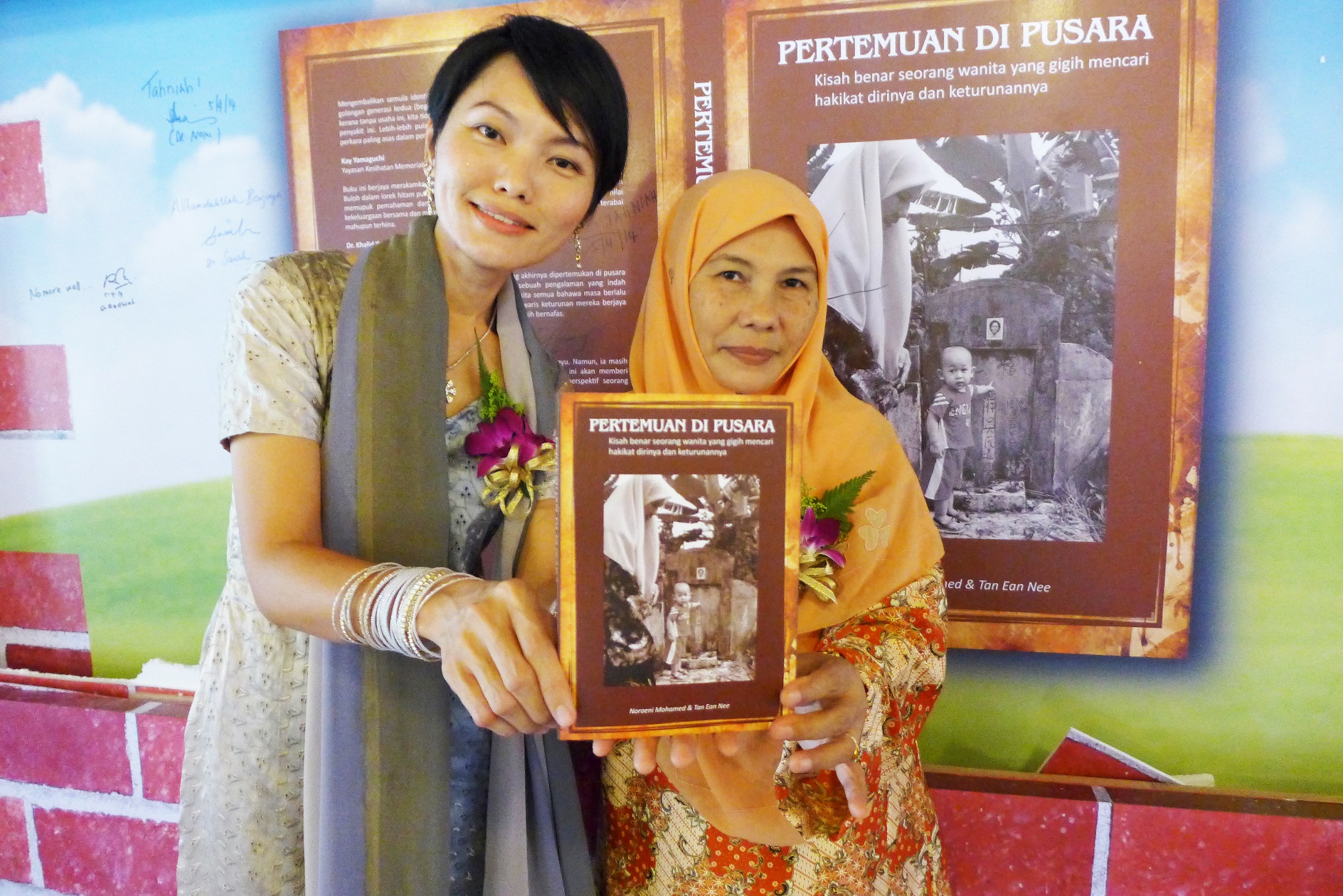
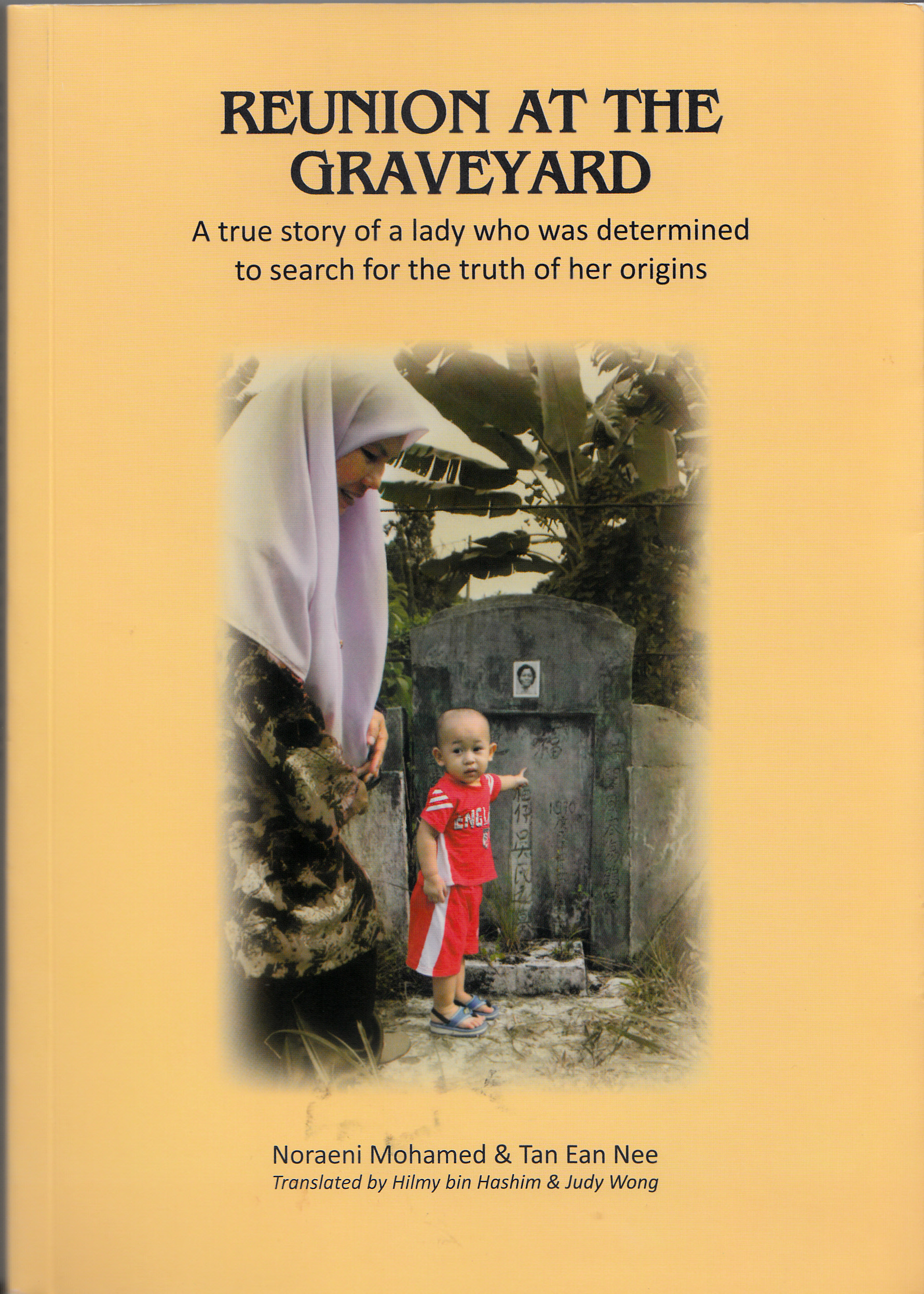
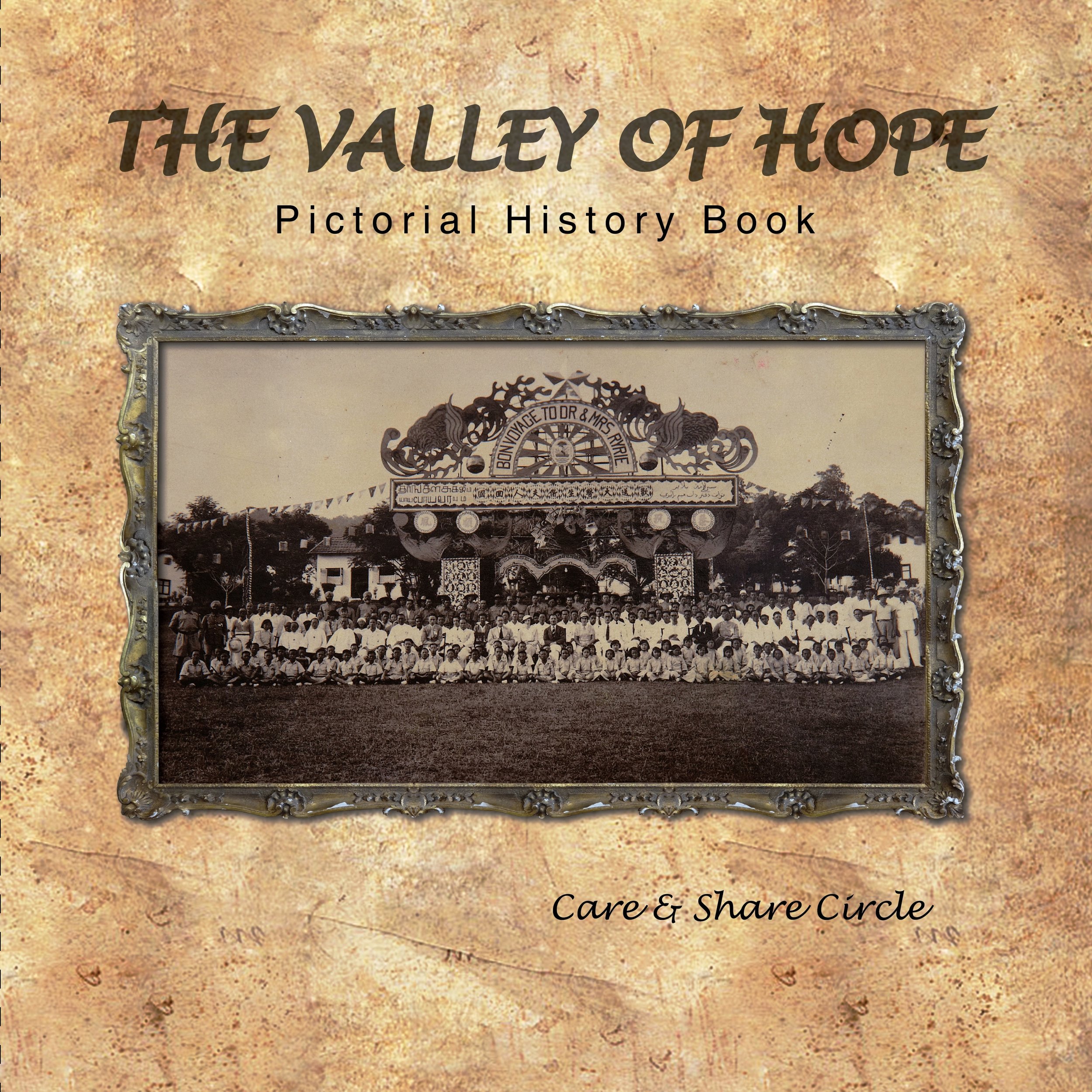


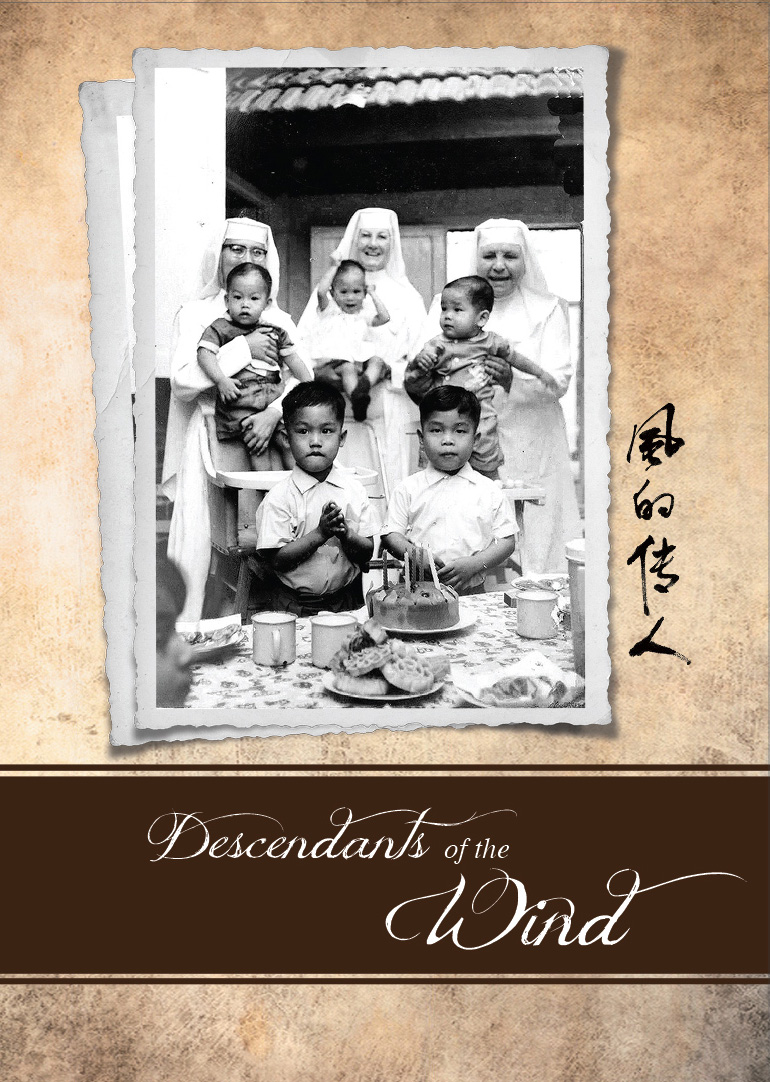

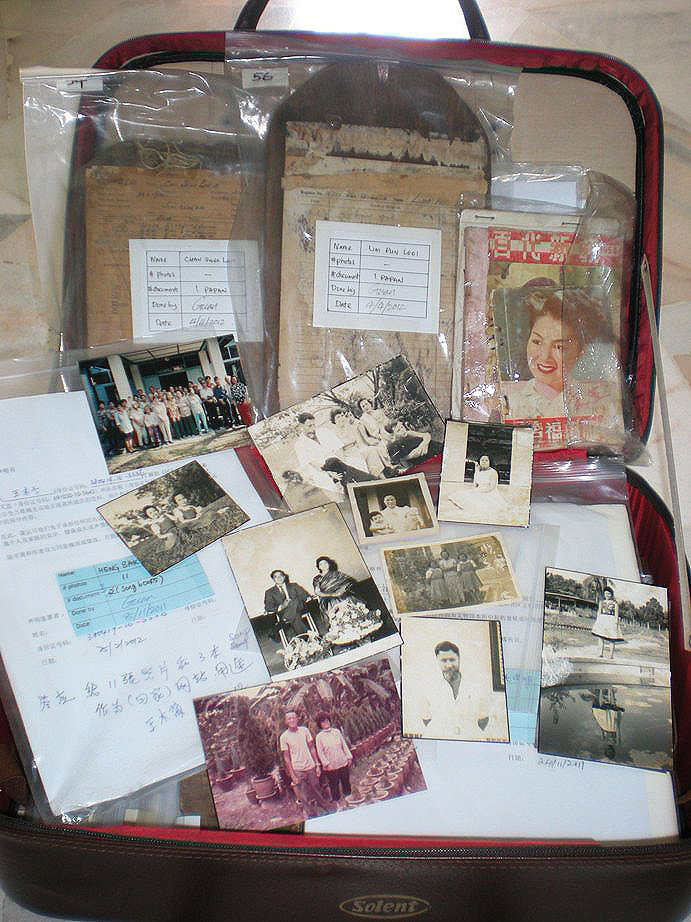
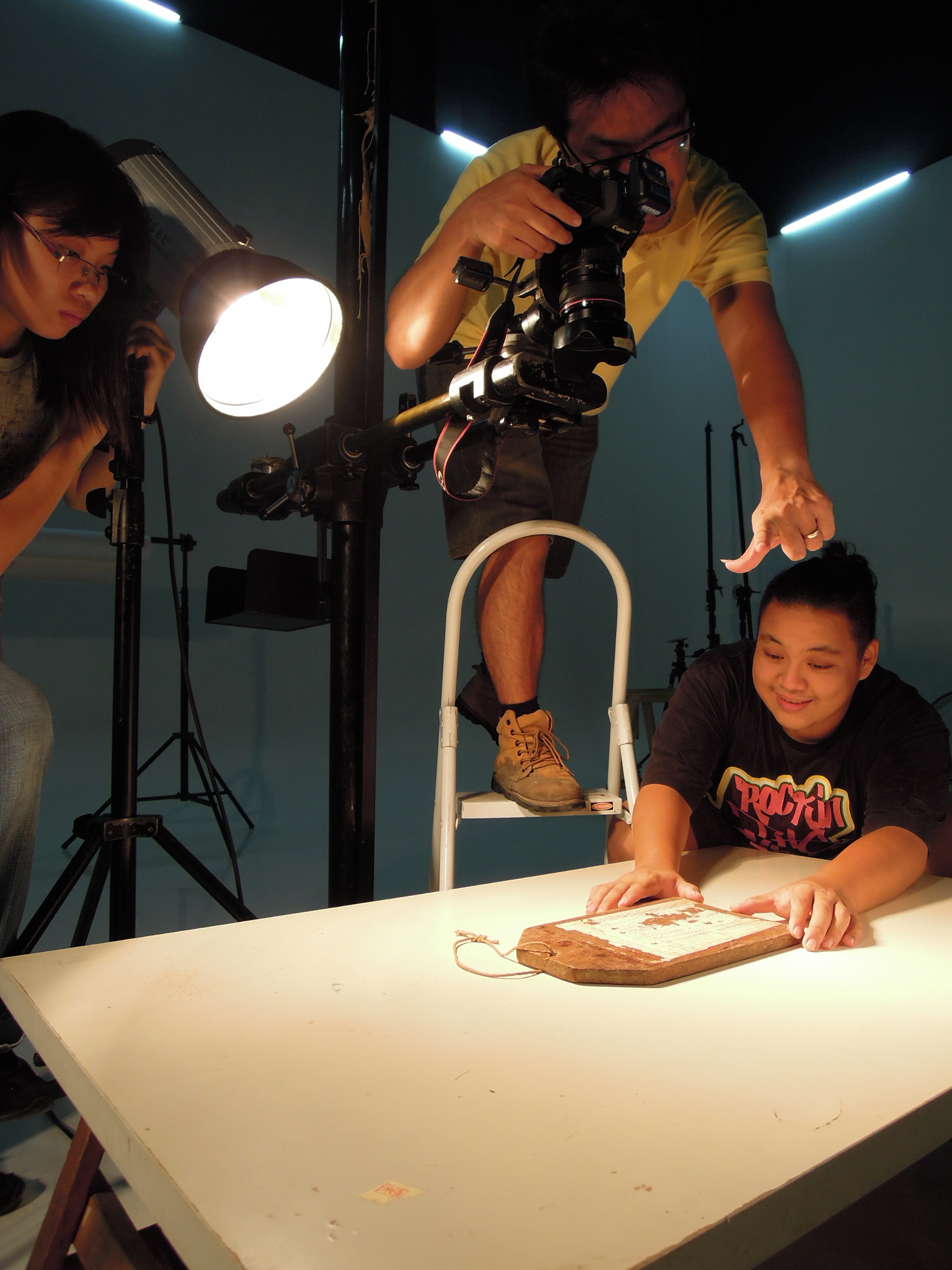
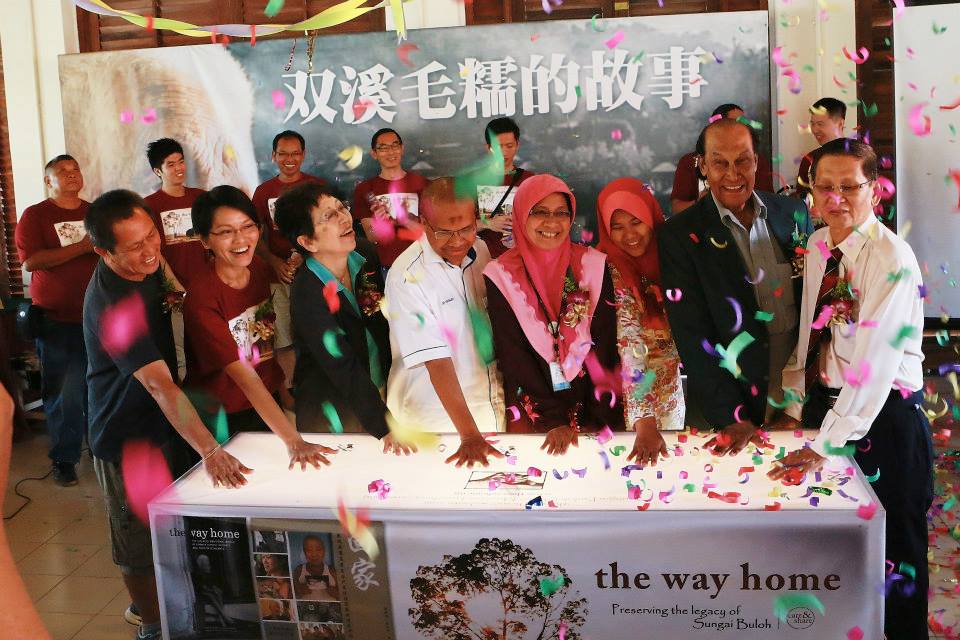
Architectural scholar, Teoh Chee Keong, who is in charge of designing the story gallery, says that the building itself has its own stories to tell and the possibility of creating a new space in the hall is something worth exploring. However, the story gallery is positioned inside the Council’s hall, making it a building within a building, which is very challenging for the designer.
“The hall, though erected in the 1950s, is just as important as other 80-to-90-year-old buildings in the cultural sense. It is, after all, the heart of the entire settlement where everyone used to gather for core activities, so there is a strong collective memory of this place. When it becomes a heritage site, you can’t just alter anything as you wish; you can’t just bring down any walls you want. I think it is good to preserve it. The key challenge lies in how we can achieve two things at once – adding new functions to the existing site without damaging the building. This is arguably a very rare work in Malaysia. I hope the visitors would be touched and that they would think about what the inmates had experienced here when they come into this space. I think this is something that should be done with great care, so I won’t let them down.”
The Council Hall functions as the venue for social, cultural and sporting activities. (photo by Teoh Chee Keong)
Teoh Chee Keong, who is also a member of the, “Save Valley of Hope Solidarity Group”, said, “There are certain war and massacre memorial centres and concentration camps overseas, which when visited, has the ability to shake people to their core, at once prompting them to recall the past and also ponder about the future. The point of preserving this place is to allow future generations to reflect on the past and future in mind. The environment itself has this kind of power, which I think, can only be found in places that has experienced such events. Not all countries have it. A place that has had a very difficult time in history can prompt reflections about the future. There are very few places like this in the world.”
In the future, Teoh Chee Keong hopes that the Valley of Hope will become a history park, to preserve the past experiences that are significant enough to represent the country, so that its visitors would be able to reflect on the ethnic integration and the development of our country since its founding.
Launching of the fundraising campaign for the Story Galley in August 2016. (photo by Lim Mei Kim)
Interviewed by Chan Wei See & Wong San San
Written by Chan Wei See
Translated by Zoe Chan Yi En
Edited by Low Sue San















